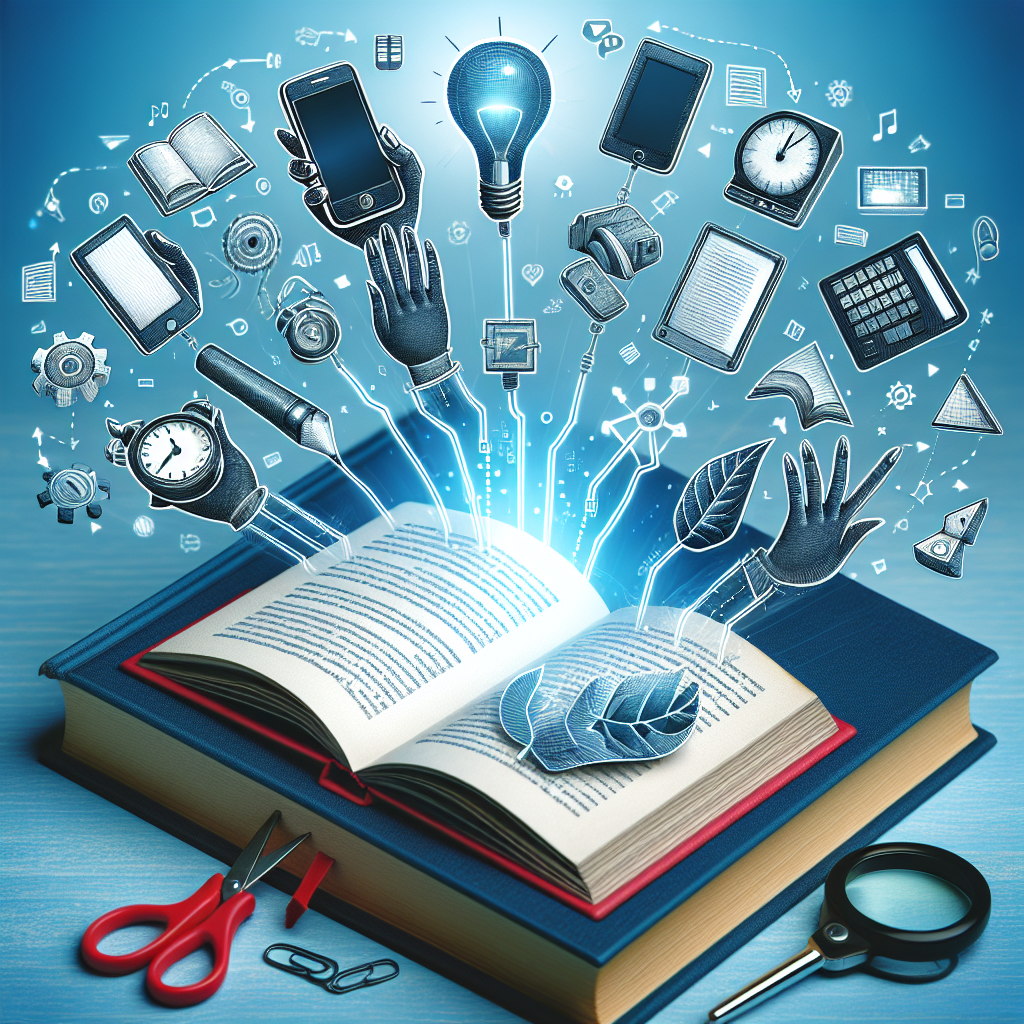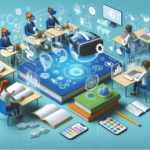Table of Contents
The Digital Transformation of Modern Learning in Indonesia

Introduction
Education is a fundamental pillar of any society, and its evolution has always been closely tied to technological advancements. In recent years, Indonesia has witnessed a significant shift in the way learning takes place, with a growing emphasis on digital platforms and resources. This article explores the transformation of learning from traditional books to digital platforms, highlighting the benefits, challenges, and future prospects of this modern approach.
The Rise of Digital Learning
Over the past decade, Indonesia has experienced a rapid increase in internet penetration and smartphone usage. This digital revolution has paved the way for the integration of technology in various sectors, including education. With the availability of affordable smartphones and internet connectivity, students and educators now have access to a vast array of digital learning resources.
One of the key drivers behind the rise of digital learning in Indonesia is the government’s commitment to improving access to education. The Ministry of Education and Culture has implemented several initiatives to promote digital literacy and provide online learning opportunities to students across the country. These efforts have been particularly crucial in remote areas where access to quality education has traditionally been limited.
The Benefits of Digital Learning
Digital learning offers numerous advantages over traditional book-based learning. Firstly, it provides students with access to a wealth of information beyond what is available in textbooks. Online platforms offer interactive content, videos, and simulations that enhance the learning experience and cater to different learning styles.
Furthermore, digital learning allows for personalized and self-paced learning. Students can choose their own learning paths, revisit concepts they find challenging, and progress at their own speed. This flexibility promotes a deeper understanding of the subject matter and encourages independent thinking.
Another significant benefit of digital learning is its potential to bridge the education gap between urban and rural areas. By leveraging technology, students in remote regions can access the same quality of education as their urban counterparts. This inclusivity is crucial for creating equal opportunities and reducing educational disparities.
Challenges and Limitations
While digital learning presents numerous opportunities, it also comes with its fair share of challenges. One of the primary concerns is the digital divide that exists within the country. Despite the increasing internet penetration, there are still areas with limited connectivity, hindering access to online learning resources. Additionally, not all students have access to the necessary devices, such as smartphones or computers, to fully engage in digital learning.
Another challenge is the need for proper digital literacy training for both students and teachers. Many educators are not adequately equipped to navigate digital platforms and utilize them effectively in their teaching methods. Addressing this issue requires comprehensive training programs and ongoing support to ensure educators can make the most of digital tools.
Furthermore, there is a concern about the quality and reliability of online content. With the abundance of information available on the internet, it becomes crucial to curate and verify the accuracy of digital learning resources. Without proper oversight, students may be exposed to misleading or incorrect information, which can hinder their learning process.
The Future of Digital Learning in Indonesia
The digital transformation of learning in Indonesia is still in its early stages, but the potential for growth is immense. As the government continues to invest in digital infrastructure and promote digital literacy, more students will have access to online learning resources. This will not only improve educational outcomes but also prepare students for the digital age.
Furthermore, advancements in technology, such as artificial intelligence and virtual reality, hold great promise for enhancing the digital learning experience. These technologies can provide immersive and interactive learning environments, making education more engaging and effective.
However, it is essential to address the challenges and limitations associated with digital learning. Efforts should be made to bridge the digital divide by expanding internet connectivity to remote areas and providing devices to students who lack access. Additionally, continuous training programs for educators and quality assurance mechanisms for online content are crucial for ensuring the success of digital learning initiatives.
Conclusion
The digital transformation of learning in Indonesia has the potential to revolutionize education and create a more inclusive and accessible learning environment. By leveraging technology, students can access a wealth of information, personalize their learning experience, and bridge the educational gap between urban and rural areas. However, challenges such as the digital divide and the need for digital literacy training must be addressed to fully harness the benefits of digital learning. With continued investment and support, Indonesia can pave the way for a modern and effective education system that prepares students for the challenges of the future.




